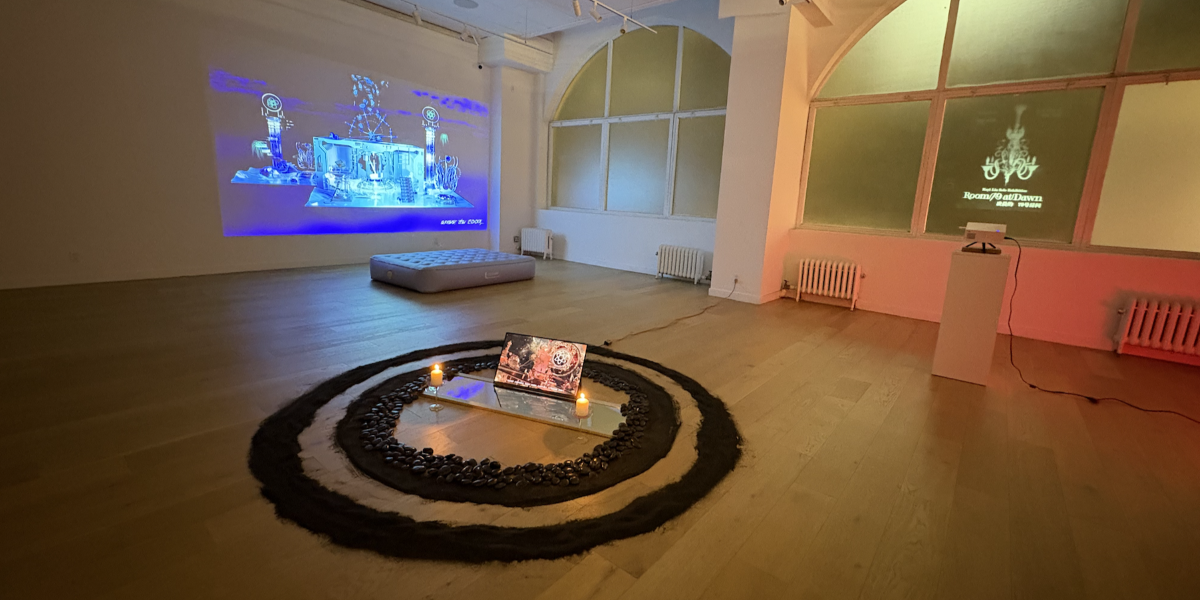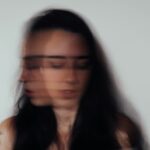Room 79 at Dawn: The Keyi Liu Solo Exhibition was held at Manhattan Midtown from December 27th to 30th, 2024. This exhibition presents Keyi Liu, whose work exists at the intersection of speculative imagination and philosophical inquiry, where visual language becomes a tool to challenge traditional perceptions and reimagine the boundaries of reality. Through 3-dimensional space creation and illustrative narratives, the artist constructs immersive worlds that interrogate identity, freedom, and humanity’s evolving relationship with technology. Her unique approach to visual storytelling employs a rich tapestry of artistic techniques to create fantasies that challenge how we see, feel, and understand the world.
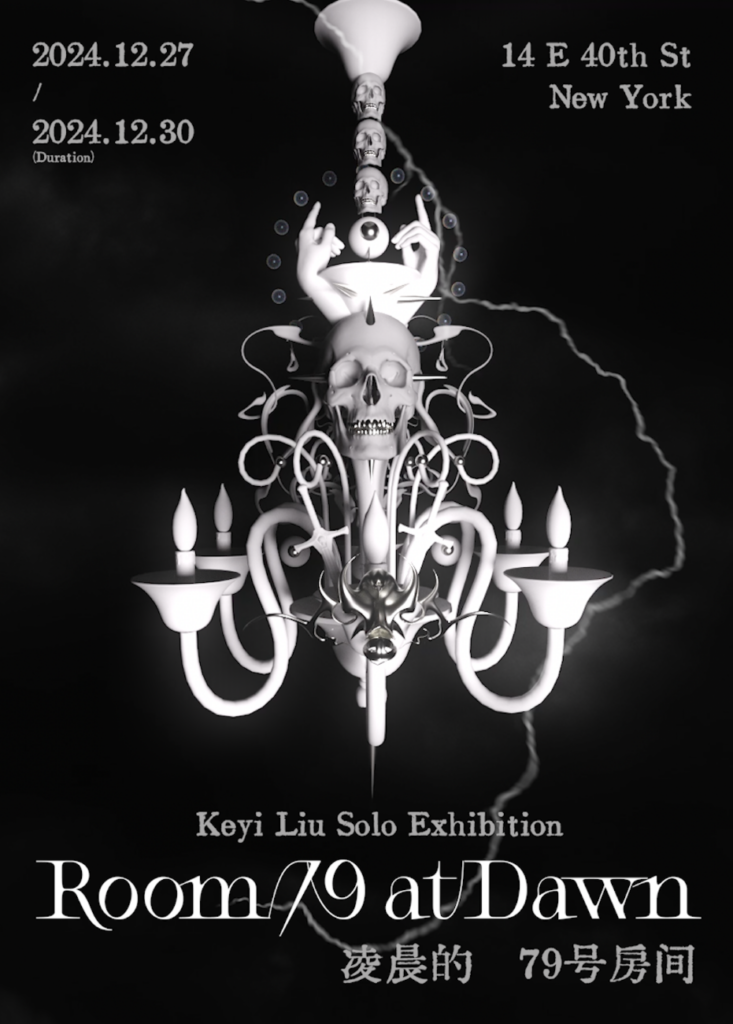
What sets Keyi apart is her ability to build fantasy in ways that defy traditional methods of visual construction. She forgoes conventional symmetry, harmony, and linear perspective, instead embracing a dynamic and disruptive aesthetic that aligns with the conceptual nature of her work. In this exhibition, the artist’s visual language and techniques act as a medium to explore the boundaries of form, space, and color. Through these approaches, she invites viewers to reflect on themes of existence and envision possibilities for the future, offering a fresh perspective on art and its influence on perception.
Heavenly (2024), one of the most significant 3-dimensional works in this show, has revealed how Keyi employs vibrant, otherworldly hues and exaggerated spatial dynamics to craft a dreamlike worship ritual. The proportions of objects and environments within this immersive piece defy logic, evoking a sense of the surreal and the sublime. These deliberate distortions create an unsettling yet captivating world where the viewer’s sense of scale and reality is continually disrupted. By breaking the traditional boundaries of physical forms and space, the artist redefines how audiences engage with visual media, turning seeing into an active exploration of new worldviews in the name of futurism.
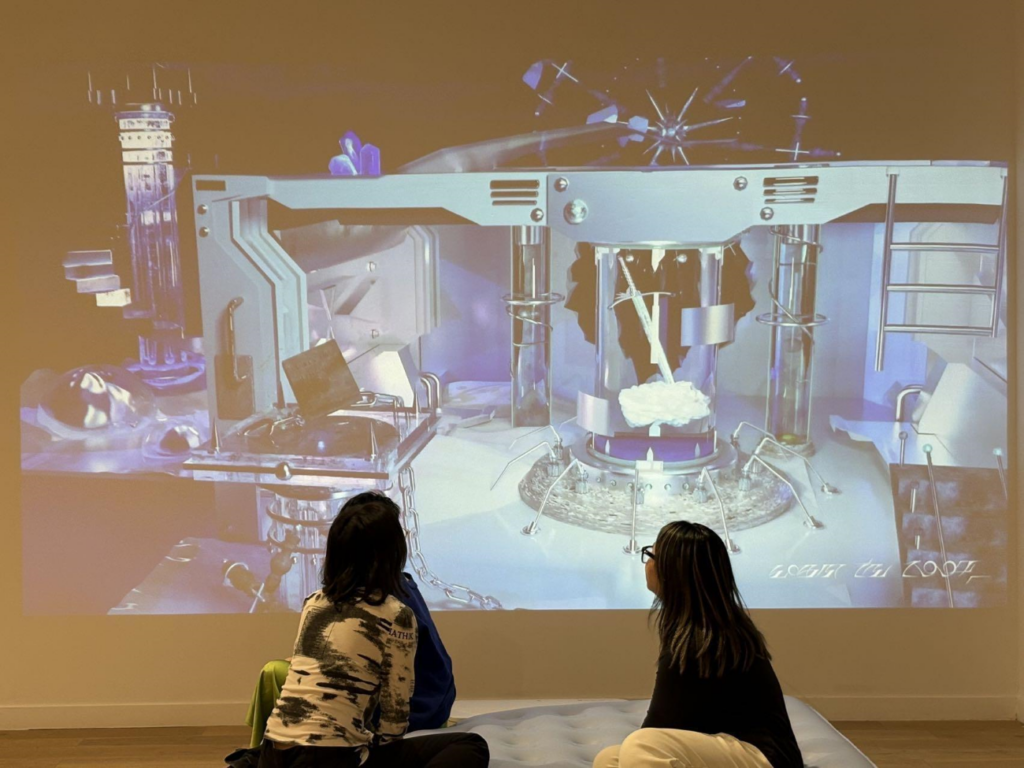
In her illustrative series, The Last Dream (2021), Keyi adopts color as an aesthetic choice and a tool for emotional and symbolic resonance. Iridescent hues and unconventional palettes become the foundation for reimagining the natural and the mythical, creating a space where dragons rise from stained glass, mermaids await illusory rain, and rituals transcend their earthly confines. Each element in these compositions is charged with meaning, challenging viewers to confront the limitations of conventional visual logic and embrace the unpredictable beauty of imagined worlds.
Similarly to her other structured narrative, The Lost Island (2023) imagines a future city landmark on an alien planet. It uses stark contrasts between the familiar—Roman-inspired architecture, symbols of human civilization—and the alien, where forms blend fluidly with their environment. This work’s fractured and fluid visuals evoke impermanence and fragility, where humanity’s creations dissolve into the vast, unyielding cosmos.
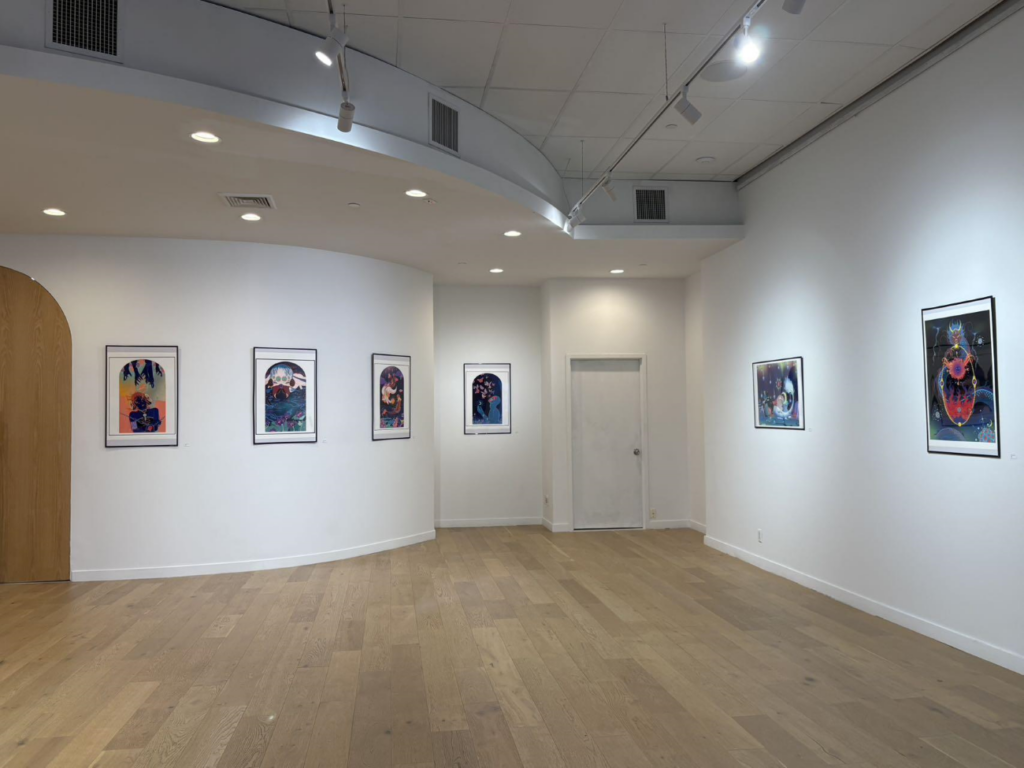
Keyi’s work no doubt captures the tension between the earthly and the ethereal, the physical and the digital. Her approach challenges the audience to reimagine the act of seeing, pushing beyond passive observation into active engagement with the visual and emotional landscapes she creates. Through her work, fantasy serves as a means to explore the connection between human nature and societal norms. Room 79 at Dawn delves into themes of transcending limitations and embracing the unknown, inviting contemplation on freedom, identity, and our place in the cosmos.
Published by Joseph T.

